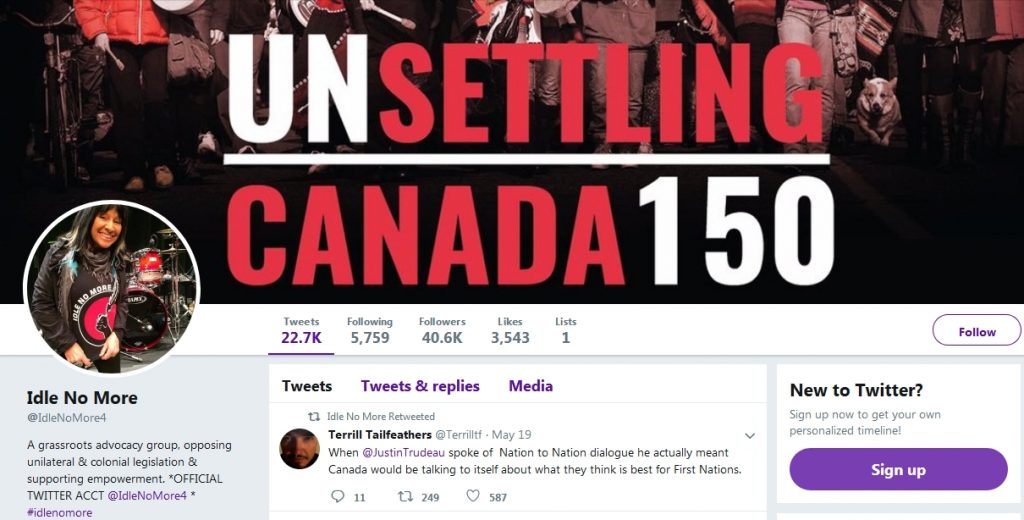This is a selection of films and videos on mediated activism, anthropological perspectives on media and culture, and globalization and (de)colonization in relation to media.
Compiled by Philipp Budka with the generous support of colleagues of the EASA Media Anthropology Network and the EASA Visual Anthropology Network.
Al Jazeera (2017). Podemos vs the Spanish Media. (10.27 min.). https://www.aljazeera.com/programmes/listeningpost/2017/04/podemos-spanish-media-170429123101624.html (openly available)
Balmès, T. (2014). Happiness. (80 min.). https://thomasbalmes.com/happiness/ (not openly available)
Bardet, S. et al. (212). The Himbas are Shooting!. (52 min.). https://www.association-kovahimba.net/en/maps/50-bande-annonce/trailer/70-les-himbas-font-leur-cinema-6 (not openly available)
Bishop, J., & Prins, H. (2003). Oh, what a blow that phantom gave me! (52 min.). https://search.alexanderstreet.com/preview/work/bibliographic_entity%7Cvideo_work%7C1876691 (not openly available)
Cavallone, E. (2016). Media & conflicts: Dangerous liaisons, an INFOCORE study reveals. (8 min.). https://www.euronews.com/2016/11/21/media-conflicts-dangerous-liaisons-an-infocore-study-reveals (openly available)
CBC News: The National (2012). Idle No More. (2.39 min.). https://www.youtube.com/watch?v=SpBdZtwH_xc (openly available)
Continue reading Films & videos on media activism & more